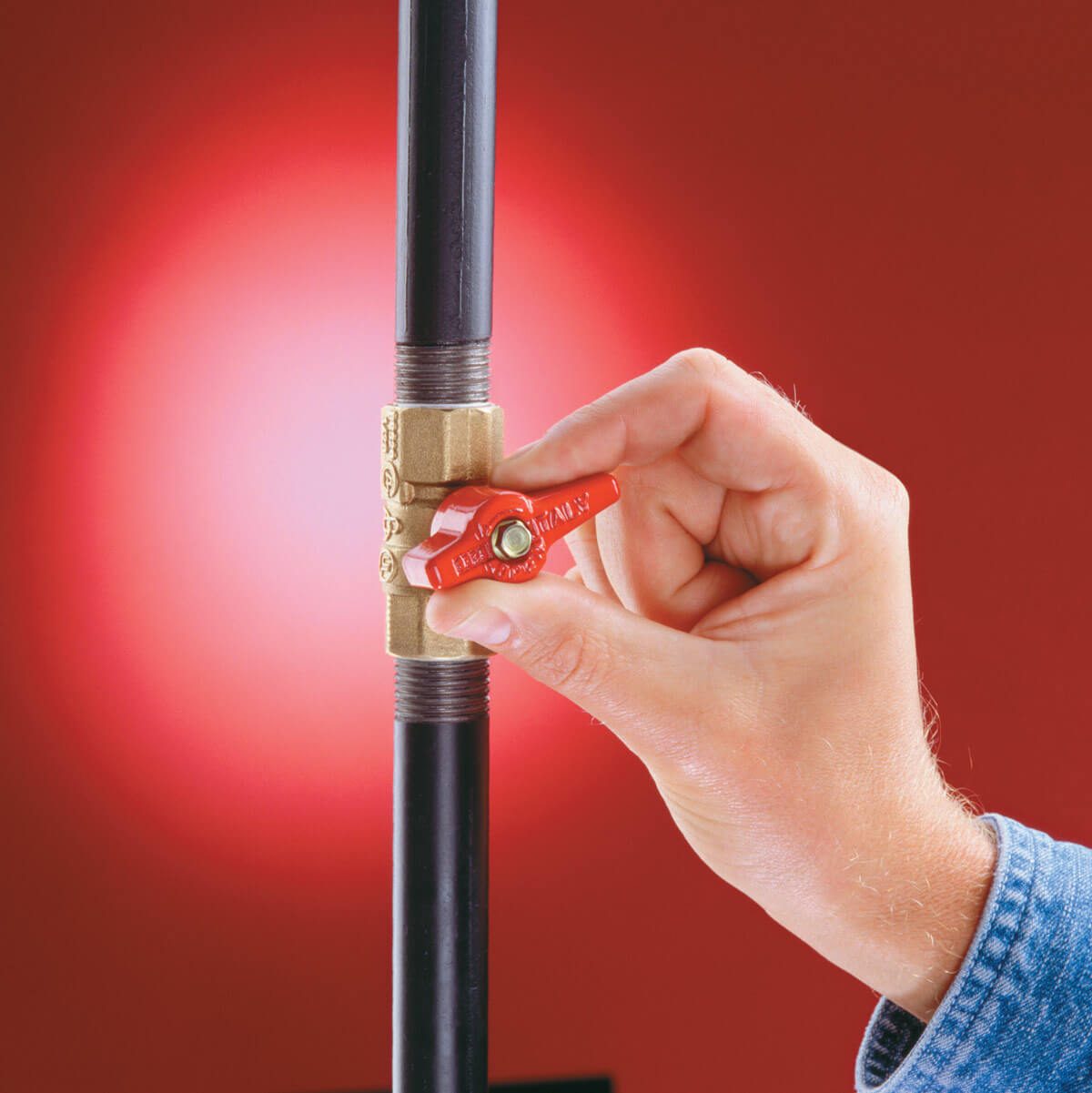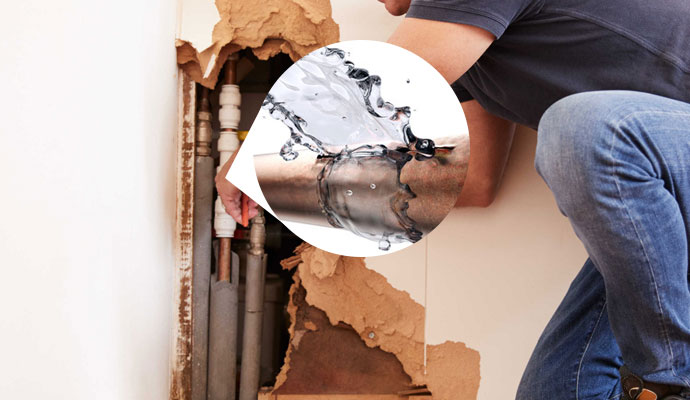Your Complete Guide to Septic Tank Maintenance: Everything You Need to Know
Your Complete Guide to Septic Tank Maintenance: Everything You Need to Know
Blog Article
We've stumbled upon this article involving Do’s And Don’ts For Homeowners Managing With Water Damage below on the web and concluded it made perfect sense to discuss it with you on this site.

What should you do if a pipes bursts in your home? Do you desire a mini-waterfall and also flooding in a location of your residence? If you find yourself in this scenario, you should act fast. The longer you wait, the a lot more serious the damage that can happen to your residential or commercial property. The presence of mind is type in these events. For these factors, you require to discover exactly how to act in the event of a burst water pipe. Since time is of the essence, examine out the adhering to ideas below to help you act quickly.
Shut Off the Key Waterline Shutoff
The first thing to do? Shut the shut-off valve. Look for the neighborhood shut-off valve to turn off the water in one specific location only. Go for the main water line shutoff as well as transform it off if you don't recognize where the localized shut-off shutoff is. This step will certainly cut off the water instantly in your entire home. Usually, the primary valve is located outside the house next to the water meter. If it's not there, you can additionally find it in 2 locations: in the cellar at eye level or the first floor on the ground. Commonly, building contractors put the shut-off shutoff in the main ground degree restroom or appropriate beside it.
Call Water Damages Repair Pros for Help
After closing the water resource, call the professionals for help. With their professional aid, you can prevent much bigger water damages consisting of warped walls, loosened ceramic tiles, or harmed frameworks.
File the Damage For Insurance policy
While you're waiting for the pros to arrive, obtain some documents of the damages created by the wayward pipe. Do close-up shots of the damaged areas as well as belongings.
Salvage Things That Can Be Saved
Once you're done taking pictures, check out the harmed things and also obtain one of the most important ones from the stack. Dry them off in a dry/warm area far from the broken area and also attempt to maintain them as long as you can. Drag as much wetness as you can to the material so it can start to dry.
Begin the Drying Process
You need to start the drying out procedure immediately. Fortunately, the water from your waterlines is already tidy so you do not need to stress over sewer water. Nonetheless, the streaming water may have interrupted the dirt as well as debris in your carpetings as well as floorboards. In this instance, placed some gloves on and also start some damage control. Usage containers to dump out the water. Remove as much water as you can from the surface areas with old towels. Turn on an electric fan or open your home windows to promote air blood circulation. These actions will accelerate to dry and also prevent mold and also mildew development.
Specialists are the only people qualified to evaluate appropriately and take care of the burs pipelines and succeeding damages. They typically provide quiet red flags like bubbling paint, water spots.
What should you do if a water pipeline bursts in your home? For these factors, you need to discover just how to act in the event of a burst water pipeline. After closing the water resource, call the professionals for assistance. With their specialist help, you can avoid a lot bigger water damage including warped baseboards, loosened floor tiles, or damaged structures. Fortunately, the water from your waterlines is currently tidy so you don't have to worry regarding drain water.
Water Pipe Burst: Steps You Need to Take Now
Freezing Temperatures
If you live in a climate where temperatures drop below freezing, be aware of the heightened potential for pipe problems.
When temperatures drop, the water inside your pipes may turn to ice. As more water trickles in, the frozen area grows… and the frozen water expands.
Over time, the pressure may be too much. Bonds in the pipe weaken and cracks form. When the ice finally melts, the temperature change can shatter both the ice and the surrounding pipe. If the pressure is strong enough, the pipe bursts.
Rust and Corrosion
Corrosion is another common cause of burst pipes. Rust and corrosion build up inside pipes, especially in older homes and in areas where water has a high iron content.
Over time, the corrosion weakens pipes, leading to an increased chance of a burst. Steel pipes are especially susceptible to rust.
To prevent rust and corrosion, replace steel pipes with plastic or copper. These types of pipes tend to resist corrosion longer.
Tree Roots
When trees around your home grow taller, their roots grow downward and outward, too. Sometimes, roots come in contact with water pipes.
In a battle between tree roots and pipes, the roots usually win. As roots continue to grow and press against the pipes, the pipes crack, leading to leaks.
To keep roots from encroaching, be sure to plant trees far from your water pipes. Choose slow-growing tree varieties that have small root balls.
If trees are already encroaching, you may try to add a physical or chemical barrier to prevent roots from accessing pipes.
Clogs
You already know that clogs can back up your sink and shower drains. But did you know that they can lead to burst pipes, too? A clog can cause water pressure to build up behind it, especially if it’s deep within the system.
That’s why it’s important to be mindful of what gets poured down the drain, goes into the garbage disposal, and flushed down the toilet. Limiting drains to water and approved materials can help prevent deep clogs.
What Happens When a Water Pipe Bursts?
Speaking of water damage, what happens after a water pipe burst? The bad news is that, if left unrepaired for too long, a burst pipe can result in serious damage to your home.
First, there’s mold growth. After just three days, mold and mildew can start to grow. Mold loves dampness; if the water sits too long or areas don’t get thoroughly dry, mold can take over.
Mold exposure has been linked to respiratory problems. It’s especially bad for those with allergies or asthma, as it can exacerbate both issues.
If you want to sell your home, mold can really throw a wrench in your plans. It’s important to prevent the growth of this toxic substance.

Do you like reading up on What You Should And Shouldn’t Do When Dealing With Water Damage? Place feedback further down. We'd be interested to know your feelings about this blog posting. We hope that you visit us again soon. You should set aside a second to promote this entry if you enjoyed it. We appreciate reading our article about Water Damage: Tips On What To Do When Your House Is Flooded.
Report this page